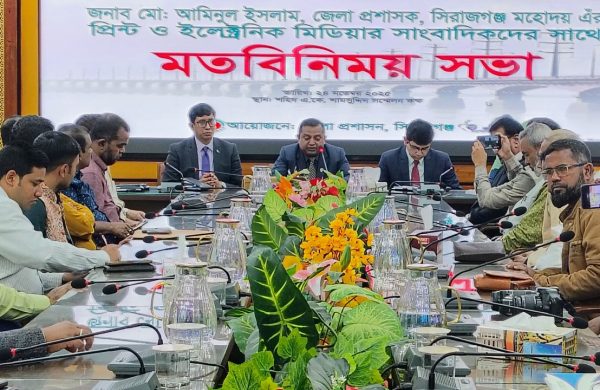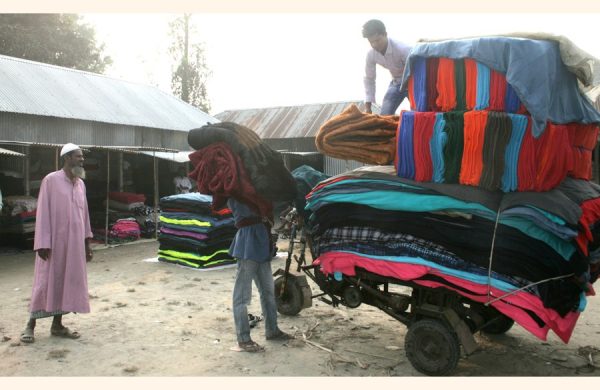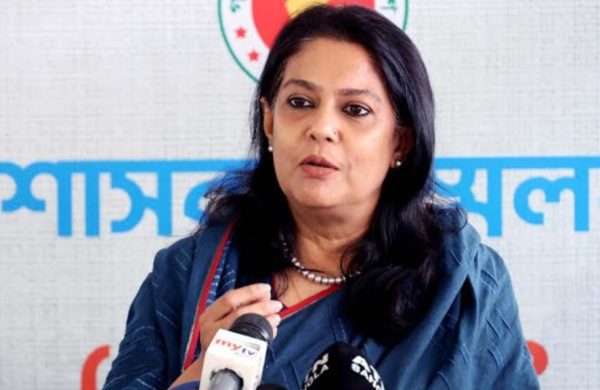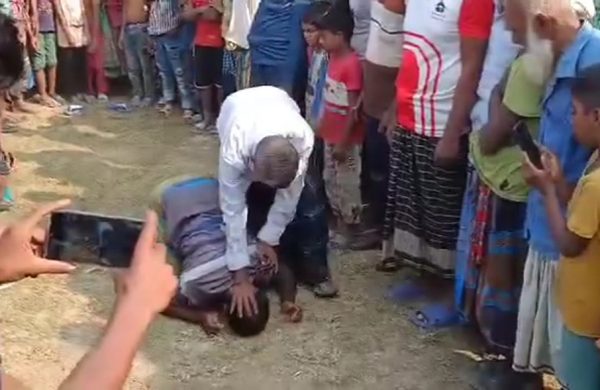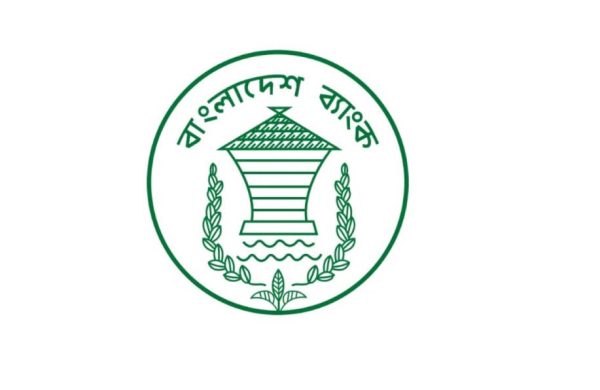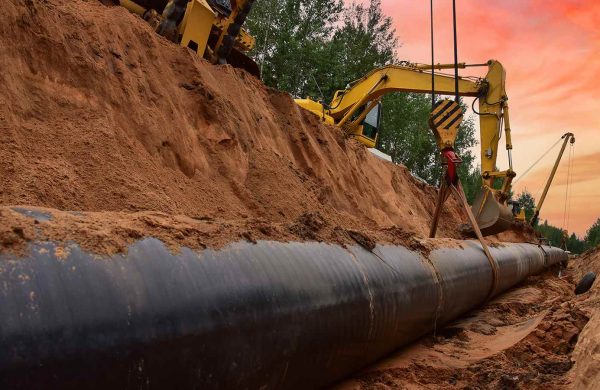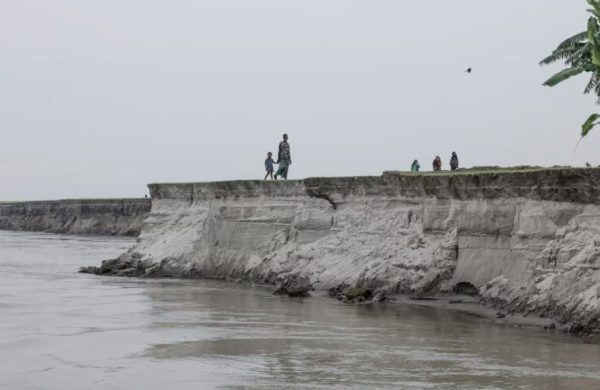Earthquake response team stretched thin: 200 members nationwide, 60 in Dhaka
- Update Time : Monday, November 24, 2025

Staff Correspondent:
Bangladesh’s Fire Service and Civil Defence maintains a Special Rescue Team (SRT) for disaster response, including earthquakes and building collapses. Members of the team receive specialized training for post-disaster rescue operations and have access to advanced equipment. Notably, there is only one SRT member for every 300,000 residents in the capital, Dhaka. Experts say this ratio is extremely low relative to the population and recommend increasing SRT personnel and forming trained volunteer teams in high-risk areas to respond to post-earthquake disasters.
According to the Fire Service, 200 SRT members are deployed nationwide. Of these, 60 are stationed in Dhaka, operating out of the Eastern Fire Service Training Ground. Dhaka consistently ranks among the world’s most densely populated cities. The Bangladesh Bureau of Statistics’ 2022 census lists the population of the capital, comprising the North and South City Corporations, at roughly 10.3 million. However, both city corporations’ own records put it at 17.5 million. By either measure, there is only one SRT member for every 300,000 residents. Many even estimate Dhaka’s population now exceeds 20 million.
The remaining 140 SRT members are distributed across Chattogram, Rajshahi, Khulna, Sylhet, Barisal, Rangpur, and Mymensingh, with 20 members in each division.
Experts note that Bangladesh is naturally prone to disaster — facing storms, floods, and the risk of major earthquakes. A 5.7-magnitude tremor on Friday, November 21, followed by three more shakes on Saturday, November 22, has served as a warning. Residents in high-rise buildings in Dhaka and other divisional cities are particularly vulnerable. In the event of a major earthquake, the Fire Service is the first responder. But its capacity is extremely limited for a large-scale operation. The agency lacks sufficient personnel and equipment to handle post-earthquake rescue independently. Under the Standing Orders on Disaster (SOD) 2019, all forces, including the army and navy, must coordinate for disaster response.
Debashish Bardhan once served as a deputy director (operations) at the Fire Service. Speaking to journalists, he said, “A major earthquake struck Sylhet a hundred years ago. That caused significant loss of life. Now, 100 years later, the entire country, including Dhaka, is experiencing seismic activity. There were four tremors within 31 hours. Even Myanmar and Thailand experienced quakes on Saturday. This means our country faces renewed risk of a major earthquake, especially in red zones such as Sylhet’s Jaintiapur, Chattogram, Mymensingh, Tangail, and Dhaka.”
He added, “The personnel we have for post-earthquake rescue operations are very limited. If a 7.0-magnitude earthquake strikes, even bringing all Fire Service staff from across the country to Dhaka would not be sufficient to manage the situation. We need to expand volunteer networks nationwide. At the same time, firefighters’ training in ‘collapse structure search and rescue’ must be increased. We also need to form small, medium, and heavy rescue teams to respond effectively after earthquakes.”
The Fire Service headquarters reports that there are 537 stations nationwide, including 18 in Dhaka, along with two specialized teams. The total workforce is 14,560, with 650 stationed in the capital. Equipment for post-earthquake rescue is also limited. While hydraulic cutters, hydraulic spreaders, hydraulic rams, air lifting bags, search vision cameras, rotary rescue saws, chipping hammers, reciprocating saws, and chainsaws are highly needed, the numbers available remain insufficient.
Brigadier General Muhammad Zahed Kamal, director general of the Fire Service and Civil Defence, noted that the nature of damage from earthquakes differs from that of fires. He told journalists, “Earthquakes generally cause buildings to collapse and disrupt communications. Unlike firefighting, large pumps and vehicles cannot be used for post-earthquake rescue. We must rely on smaller, portable equipment, which we do have. Our personnel have gained experience from earthquake rescue operations in Turkey and Myanmar. We have skilled staff and equipment, but we are still working to fill gaps and enhance capacity.”
He further said, “It is true that if a major earthquake causes widespread damage, especially in Dhaka and Chattogram, it will create many obstacles. One specialized rescue team is not enough. Rescue operations must be carried out collectively with support from all agencies. With a target of 62,000 volunteers, we have already trained 55,000. We are working to recruit more. We are also raising awareness among the general public through campaigns and training. We hope that in an emergency, they will join us in rescue efforts.”
Within a 24-hour period on November 22, a 3.3-magnitude tremor struck at 10:36 am, followed by another earthquake measuring 4.3 at 6 pm, both originating near Narsingdi. Just a second after the evening quake, a 3.7-magnitude tremor was recorded near Badda in Dhaka. Earlier, on November 21 morning, a powerful 5.7-magnitude earthquake killed 10 people and injured over a thousand. Experts view these minor and moderate quakes as warning signs of a potential major earthquake.


